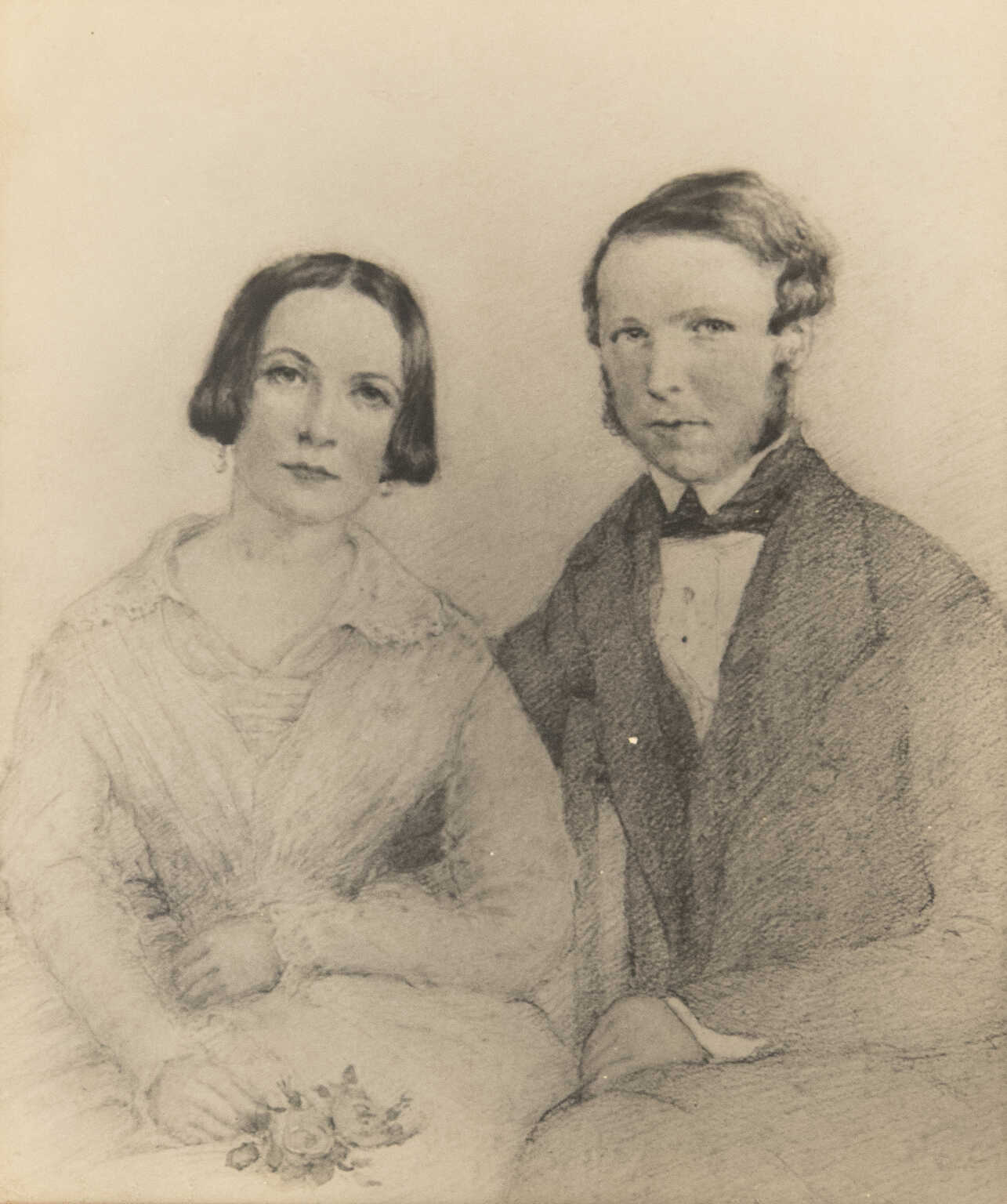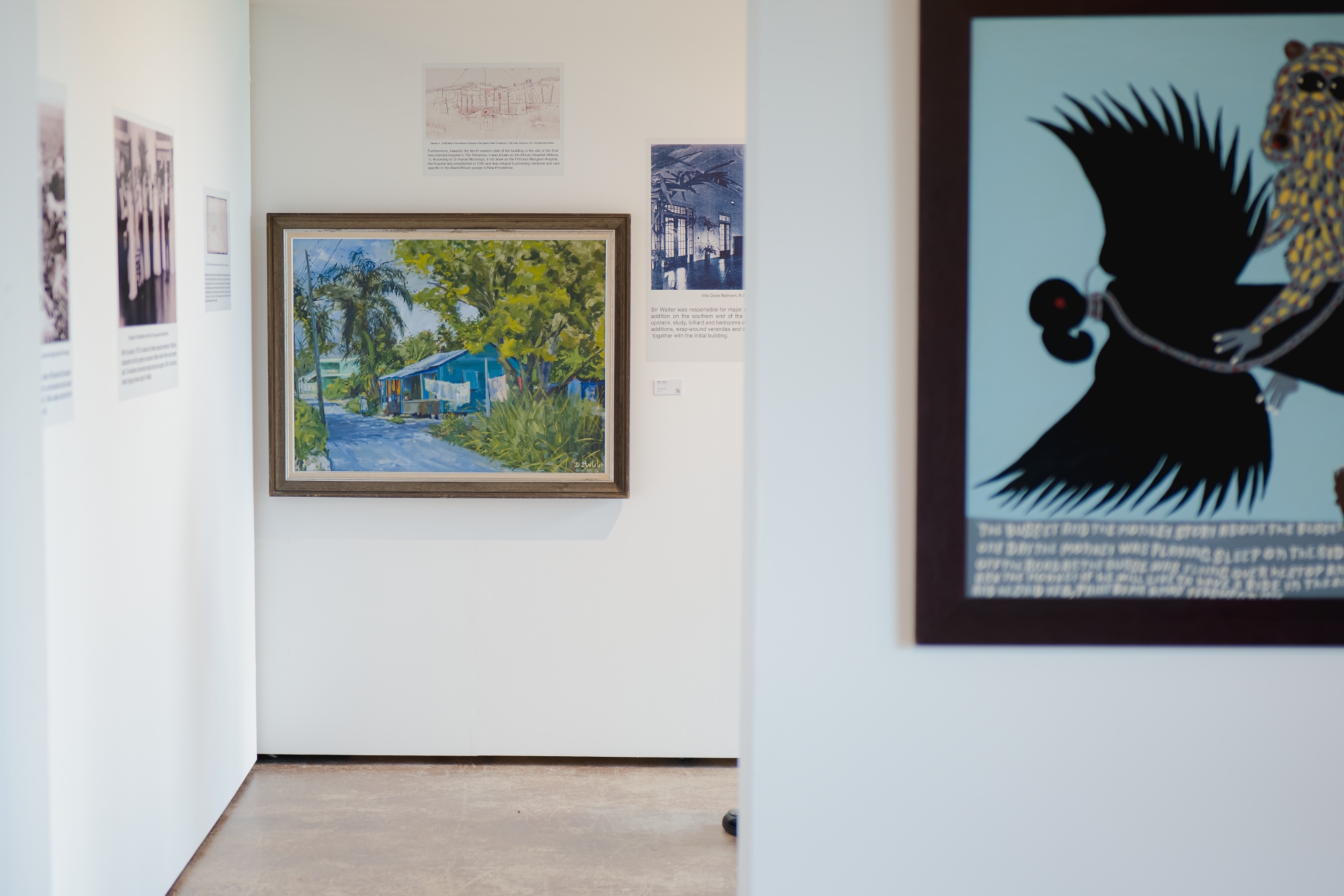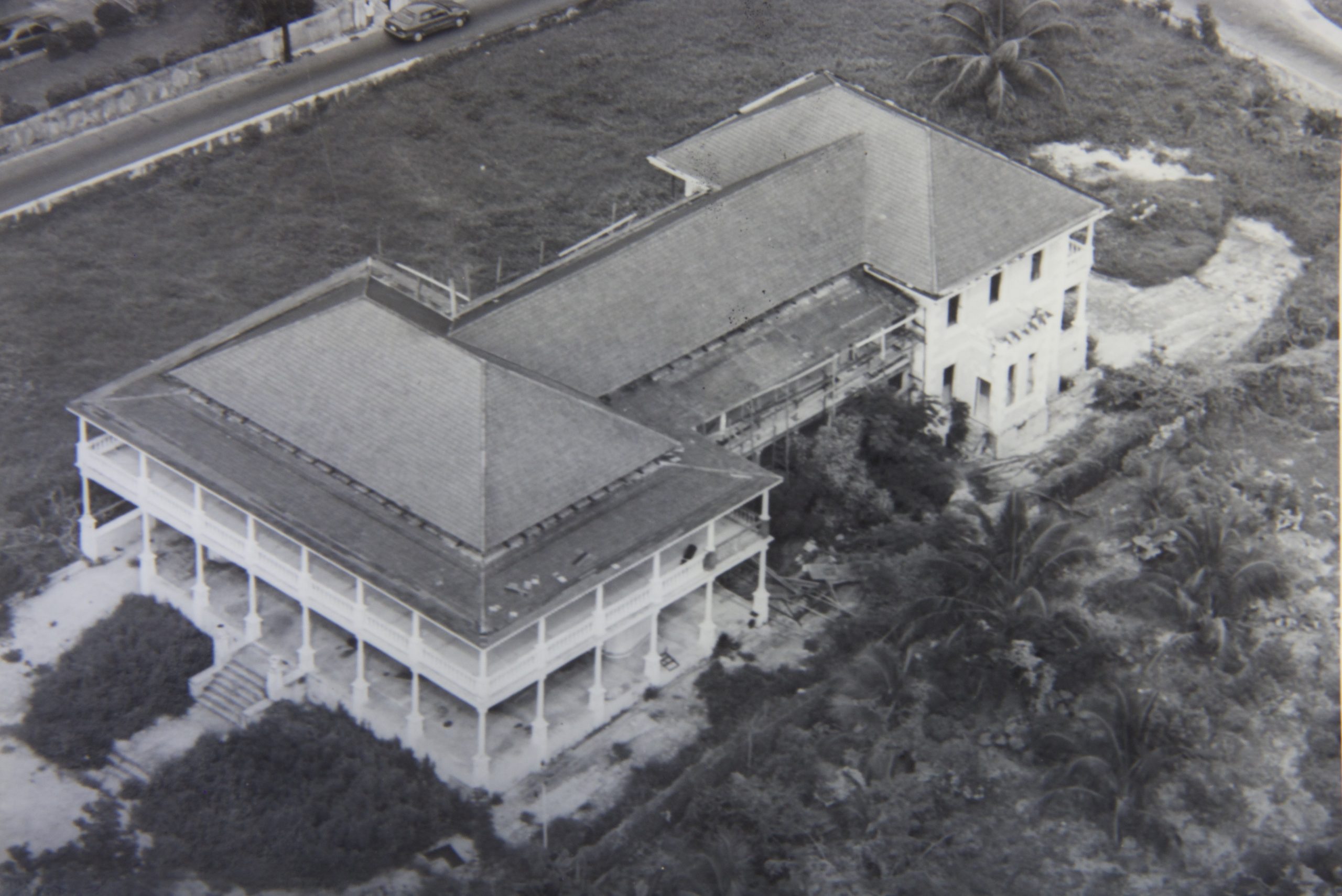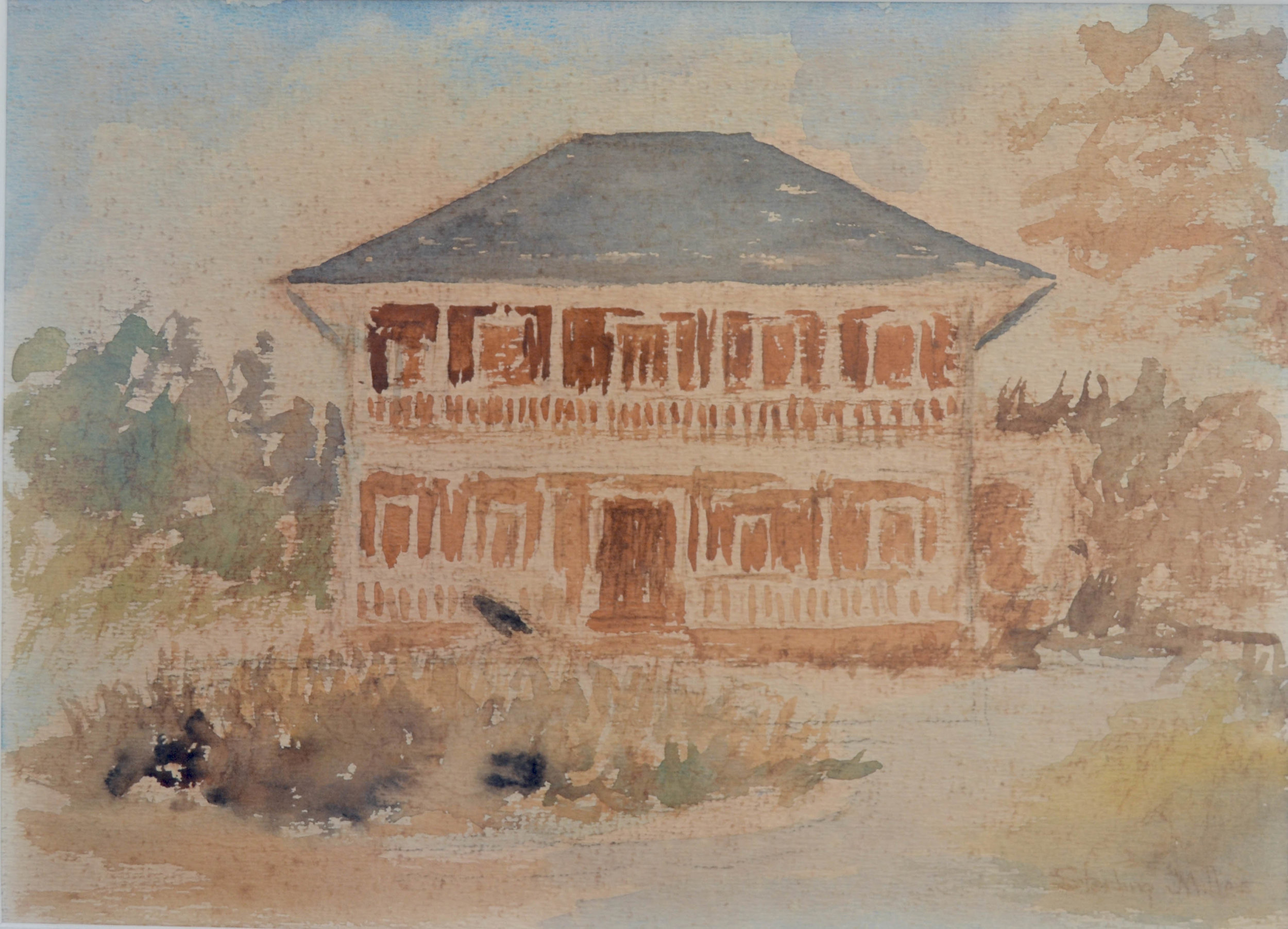Villa Doyle and Beyond: Expanding NAGB’s Footprint

A sweet photo of a couple in love greets you as you enter the NAGB’s space, The Suite, at The Current: ECCHO. Edwin Charles Moseley and Mary Doyle Moseley, the couple pictured, once owned the building that is now home to the National Art Gallery of The Bahamas.
This photo sets the tone for the exhibition, The History of the NAGB, curated by NAGB’s former Curatorial Assistant, Amaani Hepburn. Baha Mar’s ECCHO hosts a variety of art shows, and as of January 2025, is home to a permanent space for the National Art Gallery called The Suite. This satellite space is meant to expand the museum’s reach, offering more exhibition space for the curatorial team to explore their ambitious ideas.

Ironically, the first show that the team decided to display showcases the history of the Villa Doyle, the building owned by the Doyles. Built in the 1860s by Sir William Doyle—Chief Justice and the first Bahamian-born individual to receive knighthood—the building is an architectural marker of the nation’s colonial past.
Once a stately residence of distinguished Bahamian governors, civil servants, and social contributors, the building was eventually acquired by the Bahamian government and transformed into The Bahamas’ first national art institution. Having outgrown the quaint rooms and low ceilings of the converted Villa Doyle, we now have the unique challenge of finding new ways to offer additional gallery space to hold the large-scale sculptures and expansive paintings we envision for the future of the museum.
That is why The Suite is so necessary: it serves as a space for the team to explore new curatorial ventures beyond the walls of the Villa Doyle. Amaani’s exhibition is the first to occupy the space in an intentional way, and it is a perfect way to highlight the history of the Villa Doyle and the need for the new space.
This is not the first time the building has had to expand. In 1924, it was purchased by Sir Walter Kingsbury Moore, who undertook major renovations, adding two stories to the southern end of the original building. These extensions housed a grand ballroom upstairs, a study, a billiard room, and additional bedrooms on the ground floor (Gail Saunders, 1996). Wrap-around verandahs and a new roof were added, integrating the new construction with the original structure.

When the building was first acquired by the government for the museum in the 1990s, the Villa Doyle underwent an extensive restoration process overseen by architect Anthony Jervis, civil engineer George Cox, and conservation consultant Petrine Archer Straw. The nearly seven-year venture had them restore the historic building into a space that could hold artworks for extended periods of time.
Thirty years later, we are once again at a point in the institution where we need to expand, as we mount more retrospectives, stage bigger National Exhibitions, and increase our acquisitions. We are hopeful that this partnership with Baha Mar’s ECCHO will open new pathways for collecting and curating at the National Art Gallery of The Bahamas.
Letitia Pratt is Associate Curator at NAGB. In addition to her curatorial work, she is a writer and poet with an MFA in Writing from the School of the Art Institute of Chicago. Pratt has held positions as a writer and curator at the D’Aguilar Art Foundation and SITE Galleries at the School of the Art Institute of Chicago. Her creative writing has been featured in NAGB’s NE8 and NE9, and published in esteemed literary journals, including WomanSpeak, Bookmarked: PREE New Caribbean Writing, and The Caribbean Writer.
